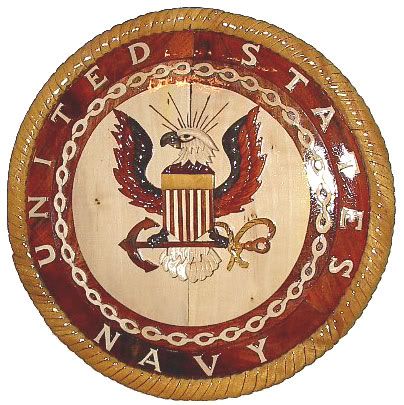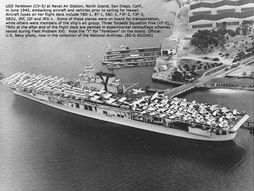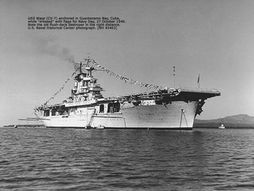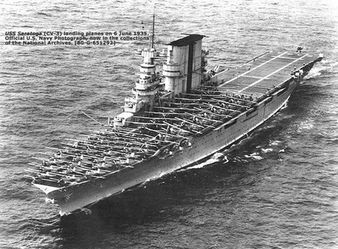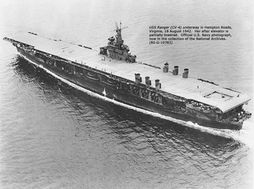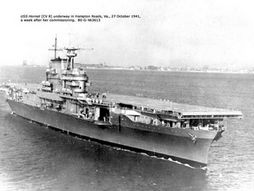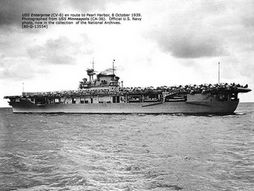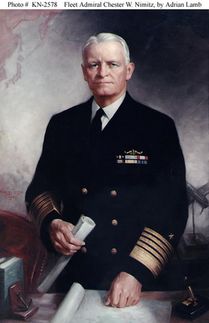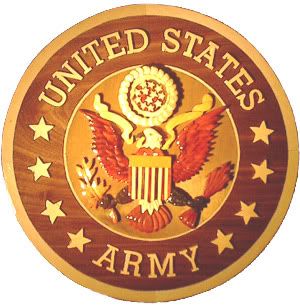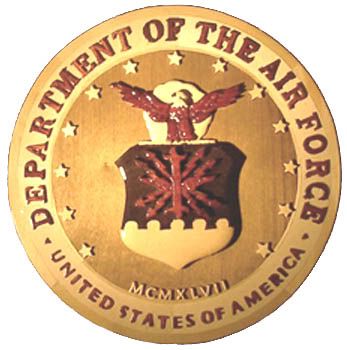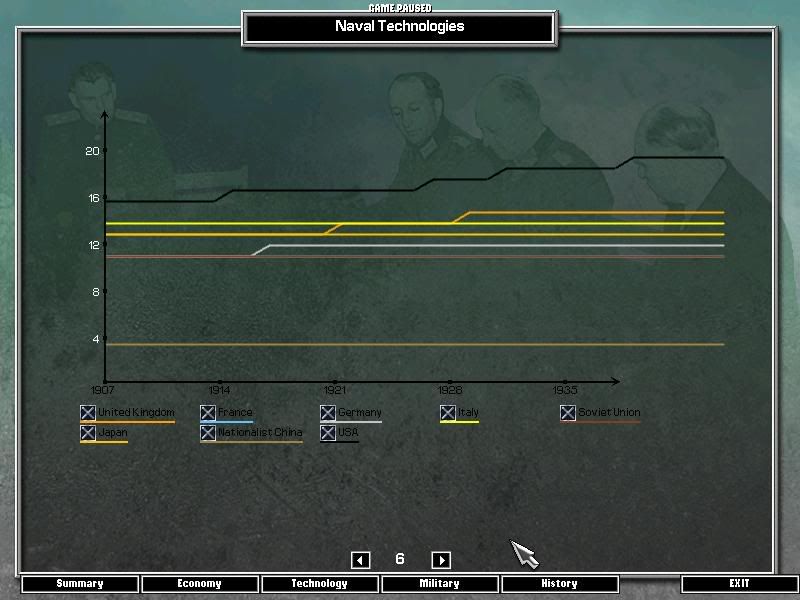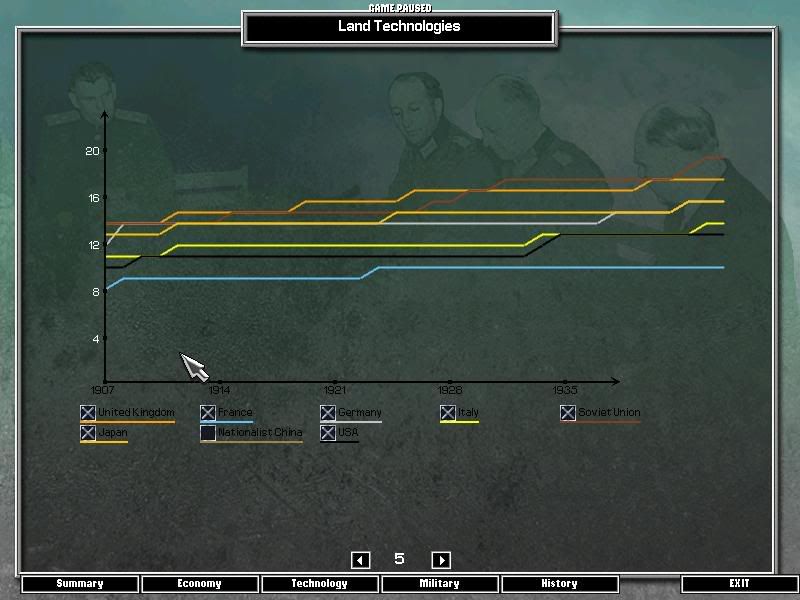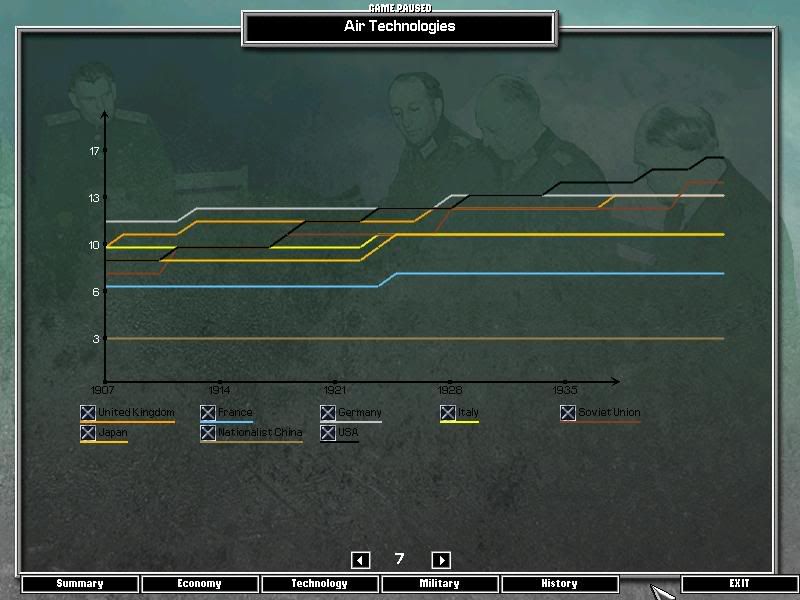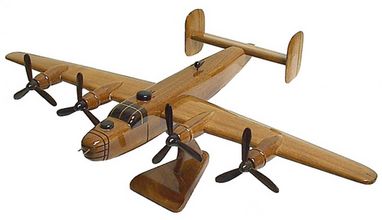The years of 1936 through 1941 were hard times for the United States, in the late thirities comming out of the Great Depression and then to watch the whole world collectively loose it's mind. Many Americans paid little attention to the events in Europe, Germany in particular... after all it was thousands of miles away, and they had there own problems at home, like unemployment and food lines that resembled the ones in the Soviet Union at the time.
War was the last thing on the minds of many... that would change soon though thanks to these two men
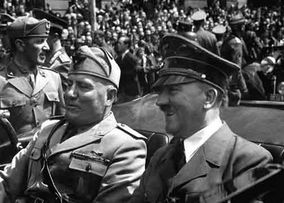
Two men who need no introduction, on a tour through the German capital in 1938
All throughout the thirities Hitler had made sweeping, serious and drastic reforms in Germany, first of witch was a Major rearmament program. How the western Allies could not see this for what it was is amazing. Here was one of the most warlike nations in Europe, just barely defeated by the combined efforts of Great Britian, France, Russia and the USA. Now it was on a course of rebuilding it's army and to a lesser extent it's navy, and on top of this adding an Air Force of some mesure and ability. Prehaps the Great War was still fresh in the minds of millions in the old world, places like Somme and Verdun, along with the huge graveyards they produced... well, who could really blame them for not wanteing another war.
Hitler knew this... and capitalized on it for his first moves before the invasion of Poland. He knew the Allies, with there own dissent at home, would not dare take action against him, for none wanted another war like the last one. He had told his General staff that conflict with the Allies could be expected to come in 1944, and by that time Germany and the Reich would be more than ready to meet them in the Land, Air and Sea.
Some of his bolder moves leading up to war in September 1939
The annexation of Austria, witch was unchallanged by the Allies. Mind you it was also unchallanged by the Austrians themselves.
Retakeing of Sudetenland and Bohemia in Czechoslovakia... this deserves speical consideration due to several facts about the situation. One, this was a fully Democratic nation, the Allies selling it out pretty much to placate Hitler. Chamberlian even going so far to say there was " Peace with honor ". Shortly after the Germans took the rest of Czechoslovakia, installing Triso in Slovakia... peace with honor indeed many though.
These two events here had given Hitler the perception that the Allies were weak, and unwilling to come to war with Germany and the Reich, whatever the cost would be... he turned his attentions to Danzig and Poland next. It was here the Allies drew there line, and made of public declaration of Polands independance, going so far as to state they would back such up with military action if needed.
The stage was set for another conflict in Europe, and it came on September 1st 1939.

German formations advance into Poland, beginning one of the most epic struggles in mankinds history. about 1.5 Million men, along with hundreds of tanks and warplanes moved with lightning speed and percision, showing the world what Blitzkerig was all about.
While the Poles put up a valant fight, there resistance was all for naught. By November the Germans had control of most of the country, and to the shock of the world the Soviets had advanced into eastern Poland... for a moment it looked at they would take the fight to the Reich and save Poland. Then again Stalin was not known for his kindness, and it was announced that an " agreement " between the Reich and Soviets had been put into place regarding Poland.
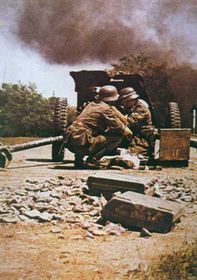
German 37mm AT gun on the outskirts of Warsaw
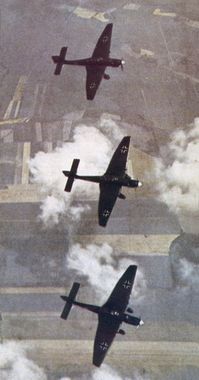
German warplanes produced resaults like these in the Polish capital of Warsaw

On November 18th 1939 Poland, for yet another time in it's history, was completely wiped off the face of the man... there was now a large section of eastern Germany, and a shared boreder with the Soviet Union.
Germany and the Reich now found itself in a somewhat dicy situation, at war yet again with France and The UK, along with the Dominions. The German General Staff had there hands full, as it stood the French army was about 50% larger than the forces of the Reich. A little comparison of the facts on the German side reveals the fallowing.
In 1939 the German Army had 98 divisions available for the invasion of Poland. Although some were ill-equipped veteran reservists, the still had 1.5 million well-trained men available for action. It also had 9 panzer divisions. Each one had 328 tanks, 8 support battalions and 6 artillery batteries.
When the German Army mounted its Western Offensive in 1940, it had 2.5 million men and 2,500 tanks. Whereas the French Army had the ability to mobilize 5 million men, the army supported by motorized infantry units and aircraft easily secured victory.
In two months of fighting the French were completely broken, the germans reviveing there plan of 1914... so far as to go through some of the very same Belgin towns they had before! Instead of horse drawn equipment this time they had tanks, and even in the winter months made haste. Paris fell on 12 Feb 40, and while we could show you pictures of the battle, I feel this one sums it up best

A French citizen apon seeing the Germans marching in Paris.
Within two months the Vichy peace proposal was accecpted, and France was for the most part a defeated nation. This left the UK and her Dominions alone against the Nazi juggernaught, yet the Brits had a secret weapon, one that would prove more valuble than the Spitfire or Cromwell tank... they had this man now in charge.
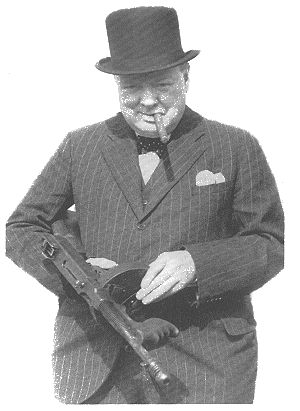
Winston Churchill, need I say more?
Americans watched in shock and horror at these events unfolding... yet they still did not want to get involved. In a poll taken y the New York Times it found 68% of Americans were in favor of staying out of the European war... yet it also found that 64% of Americans felt that there should be intervention in China, wich had been going on since 1937 and was far, far more brutal in scope.
In response the US Goverment started the lend-lease program for the UK, 7 Billion dollars worth of various military goods and supplies, more than three times the 1936 defense budget. FDR wanted to do more yet it was all he could manage with current public support, a staunch anti nazi, his speaches of Ther Arsenal of Democracy and The Four Freedoms slowly began turning public opinion towards him and the view that something must be done in europe.
As for Japan and the far east, there were several embargos brought against Japan, some of them rather heavy handed, and also something not so public. In 1939 the US had broken the Japenese Diplomatic Code, and were almost ready in late 1941 to break the Naval Operational Code as well. Had Japan known this, there next actions may have been somewhat diffrent.
On 4 Jan 42, with the American economy now in full recovery and with the largest military buildup in it's history, Japan had decided to go to war with not only the US, but The Allies as well. The first attack on Americans came at the US embassy in Beijing, the 60 US Marines guarding the 200 or so diplomatic staff putting up ferice resistance for several hours while cables were sent to Washington explaining the situation. When there ammunition ran out they were forced to surrender... they were, along with the entire embassy staff, killed in cold blood. Also many American missionary churches were bombed and strafed by Jap warplanes the same day... it was a planned offensive.
On 5 Jan 42, the American public demanded action, pictures of the slaughter at the embassy on the front page of every major newspaper in the US. Congress gave the President full support for war against Japan, and at 5 PM that very day US Marines entered the Embassy of the Empire of Japan, arresting all 32 of there Diplomats and placeing them in isolated coustody... for there own protection.
At the same time Winston Churchill got the phone call he was praying for from FDR, the US were now offically apart of the Allies, America had joined the war.
NEXT - The state of the US military, and what changes took place between 1936-1942
War was the last thing on the minds of many... that would change soon though thanks to these two men

Two men who need no introduction, on a tour through the German capital in 1938
All throughout the thirities Hitler had made sweeping, serious and drastic reforms in Germany, first of witch was a Major rearmament program. How the western Allies could not see this for what it was is amazing. Here was one of the most warlike nations in Europe, just barely defeated by the combined efforts of Great Britian, France, Russia and the USA. Now it was on a course of rebuilding it's army and to a lesser extent it's navy, and on top of this adding an Air Force of some mesure and ability. Prehaps the Great War was still fresh in the minds of millions in the old world, places like Somme and Verdun, along with the huge graveyards they produced... well, who could really blame them for not wanteing another war.
Hitler knew this... and capitalized on it for his first moves before the invasion of Poland. He knew the Allies, with there own dissent at home, would not dare take action against him, for none wanted another war like the last one. He had told his General staff that conflict with the Allies could be expected to come in 1944, and by that time Germany and the Reich would be more than ready to meet them in the Land, Air and Sea.
Some of his bolder moves leading up to war in September 1939
The annexation of Austria, witch was unchallanged by the Allies. Mind you it was also unchallanged by the Austrians themselves.
Retakeing of Sudetenland and Bohemia in Czechoslovakia... this deserves speical consideration due to several facts about the situation. One, this was a fully Democratic nation, the Allies selling it out pretty much to placate Hitler. Chamberlian even going so far to say there was " Peace with honor ". Shortly after the Germans took the rest of Czechoslovakia, installing Triso in Slovakia... peace with honor indeed many though.
These two events here had given Hitler the perception that the Allies were weak, and unwilling to come to war with Germany and the Reich, whatever the cost would be... he turned his attentions to Danzig and Poland next. It was here the Allies drew there line, and made of public declaration of Polands independance, going so far as to state they would back such up with military action if needed.
The stage was set for another conflict in Europe, and it came on September 1st 1939.

German formations advance into Poland, beginning one of the most epic struggles in mankinds history. about 1.5 Million men, along with hundreds of tanks and warplanes moved with lightning speed and percision, showing the world what Blitzkerig was all about.
While the Poles put up a valant fight, there resistance was all for naught. By November the Germans had control of most of the country, and to the shock of the world the Soviets had advanced into eastern Poland... for a moment it looked at they would take the fight to the Reich and save Poland. Then again Stalin was not known for his kindness, and it was announced that an " agreement " between the Reich and Soviets had been put into place regarding Poland.

German 37mm AT gun on the outskirts of Warsaw

German warplanes produced resaults like these in the Polish capital of Warsaw

On November 18th 1939 Poland, for yet another time in it's history, was completely wiped off the face of the man... there was now a large section of eastern Germany, and a shared boreder with the Soviet Union.
Germany and the Reich now found itself in a somewhat dicy situation, at war yet again with France and The UK, along with the Dominions. The German General Staff had there hands full, as it stood the French army was about 50% larger than the forces of the Reich. A little comparison of the facts on the German side reveals the fallowing.
In 1939 the German Army had 98 divisions available for the invasion of Poland. Although some were ill-equipped veteran reservists, the still had 1.5 million well-trained men available for action. It also had 9 panzer divisions. Each one had 328 tanks, 8 support battalions and 6 artillery batteries.
When the German Army mounted its Western Offensive in 1940, it had 2.5 million men and 2,500 tanks. Whereas the French Army had the ability to mobilize 5 million men, the army supported by motorized infantry units and aircraft easily secured victory.
In two months of fighting the French were completely broken, the germans reviveing there plan of 1914... so far as to go through some of the very same Belgin towns they had before! Instead of horse drawn equipment this time they had tanks, and even in the winter months made haste. Paris fell on 12 Feb 40, and while we could show you pictures of the battle, I feel this one sums it up best

A French citizen apon seeing the Germans marching in Paris.
Within two months the Vichy peace proposal was accecpted, and France was for the most part a defeated nation. This left the UK and her Dominions alone against the Nazi juggernaught, yet the Brits had a secret weapon, one that would prove more valuble than the Spitfire or Cromwell tank... they had this man now in charge.

Winston Churchill, need I say more?
Americans watched in shock and horror at these events unfolding... yet they still did not want to get involved. In a poll taken y the New York Times it found 68% of Americans were in favor of staying out of the European war... yet it also found that 64% of Americans felt that there should be intervention in China, wich had been going on since 1937 and was far, far more brutal in scope.
In response the US Goverment started the lend-lease program for the UK, 7 Billion dollars worth of various military goods and supplies, more than three times the 1936 defense budget. FDR wanted to do more yet it was all he could manage with current public support, a staunch anti nazi, his speaches of Ther Arsenal of Democracy and The Four Freedoms slowly began turning public opinion towards him and the view that something must be done in europe.
As for Japan and the far east, there were several embargos brought against Japan, some of them rather heavy handed, and also something not so public. In 1939 the US had broken the Japenese Diplomatic Code, and were almost ready in late 1941 to break the Naval Operational Code as well. Had Japan known this, there next actions may have been somewhat diffrent.
On 4 Jan 42, with the American economy now in full recovery and with the largest military buildup in it's history, Japan had decided to go to war with not only the US, but The Allies as well. The first attack on Americans came at the US embassy in Beijing, the 60 US Marines guarding the 200 or so diplomatic staff putting up ferice resistance for several hours while cables were sent to Washington explaining the situation. When there ammunition ran out they were forced to surrender... they were, along with the entire embassy staff, killed in cold blood. Also many American missionary churches were bombed and strafed by Jap warplanes the same day... it was a planned offensive.
On 5 Jan 42, the American public demanded action, pictures of the slaughter at the embassy on the front page of every major newspaper in the US. Congress gave the President full support for war against Japan, and at 5 PM that very day US Marines entered the Embassy of the Empire of Japan, arresting all 32 of there Diplomats and placeing them in isolated coustody... for there own protection.
At the same time Winston Churchill got the phone call he was praying for from FDR, the US were now offically apart of the Allies, America had joined the war.
NEXT - The state of the US military, and what changes took place between 1936-1942


